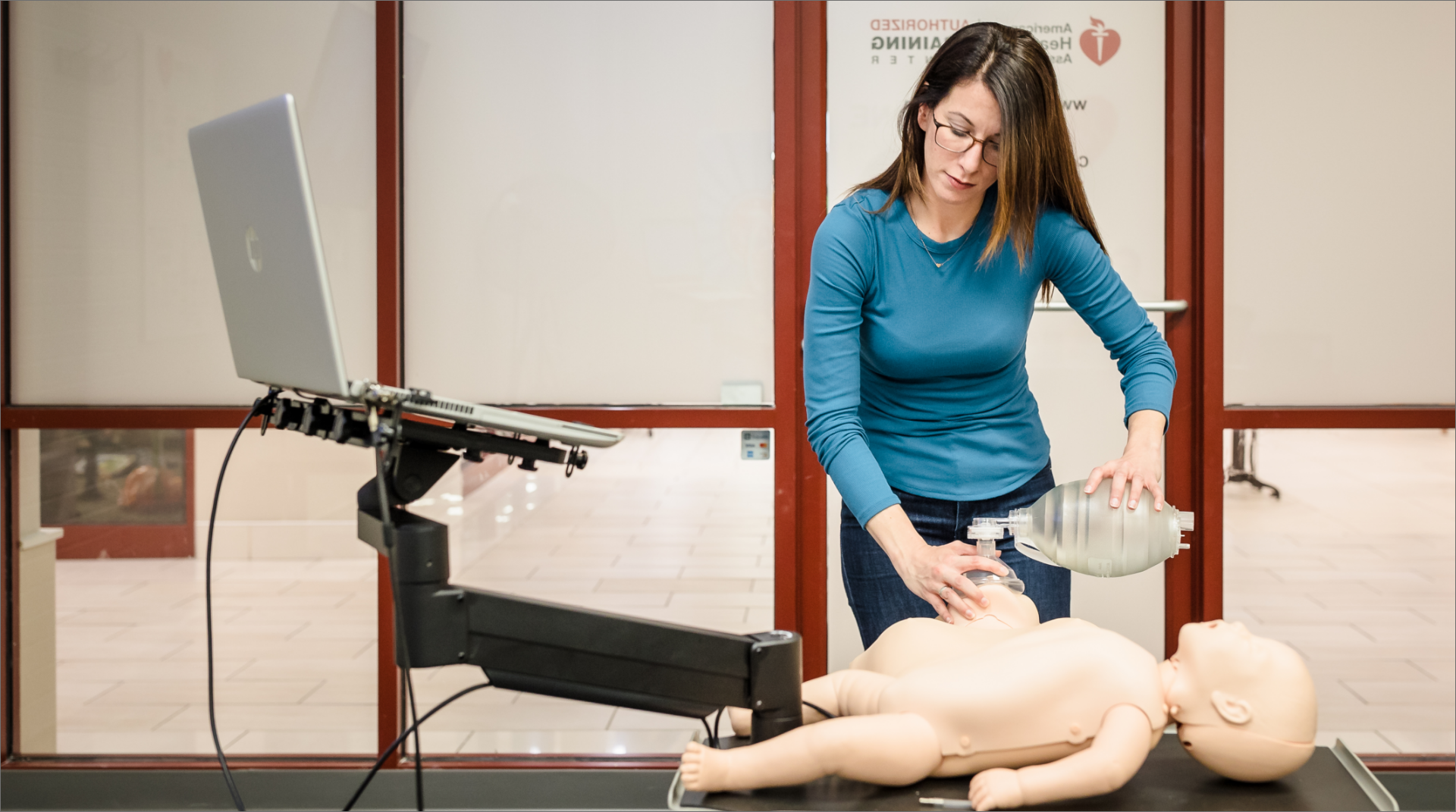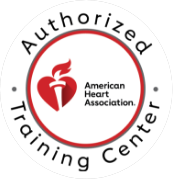

CPR Resource Center
The most comprehensive library of emergency training resources — including videos, articles, downloads, and more.


The most comprehensive library of emergency training resources — including videos, articles, downloads, and more.
There are a variety of Emergency Medical Technician (EMT) courses out there. All of them are based on the same curriculum and designed to prepare you to become an EMT. One of the major areas of difference between programs is the course schedule. It’s very important to consider the class schedule when choosing an EMT program. It needs to work for you. It shouldn’t be inconvenient and it shouldn’t be overwhelming.
The choice of EMT class schedule depends on the individual student. There are several things you should take into account. It’s important to keep in mind the amount of work you will need to do during the course. The current edition of the EMT textbook is over 1600 pages long. You’ll be learning about a variety of subjects including anatomy, physiology, medical emergencies, traumatic injuries, and EMS operations. That will require a commitment on your part to dedicate the time and effort to succeed.
You’ll need to commit time outside of class too. There will be a significant amount of reading, studying, and homework. So, the first step is to think about your own situation and how much of your time you can commit. Before you sign up for a particular class, you need to decide that it’s the right time for you to sign up at all.
The first homework assignment in my paramedic class was to “kiss your family goodbye, you’ll see them again in a year”. That was a bit of hyperbole and EMT class isn’t quite so extreme. However, it does bring up an important point. You should think about how the EMT class fits with your other commitments.
Are you working? Do you plan to continue working during the EMT class? Your work schedule will obviously impact what classes you can take. Are you going to be rushing to get between your job and class? Are you going to be taking the class after being up all night working third shift? What commitments do you have at home? Do you have a family to support? Or children too young to be left alone? Do you have space and time at home to study and complete your assignments? It’s important to create a good balance for yourself. If you put too many demands on yourself at once, something’s got to give.
Another important factor is your educational background. EMT training doesn’t have any prerequisites. Theoretically, you can just walk in off the street and start an EMT class. You can … but you shouldn’t expect that to be easy. Near the beginning of an EMT class, you’ll spend some time learning about medical terminology, anatomy, and physiology. This is a huge subject and having some existing knowledge of it will help you dramatically.
You might have already taken a full college level anatomy and physiology course. That would prepare you extremely well to start thinking about emergencies and how we handle them as EMTs. If you’ve never studied these subjects though, the terminology can be overwhelming. The medical field has its own language and you’ll be learning all this new EMT information in that new language. Your preparation before the class helps determine how much time you’ll need for studying.
So which class should you choose? Everyone’s individual circumstances are different. So, let’s look at a few hypothetical students.
Example 1 – Suppose you’re a college student studying to be a nurse or physician assistant. You’ve taken two semesters of anatomy and physiology courses. You don’t have a family to support. You want to take an EMT class to get some patient care experience for your future career. Consider taking the summer Accelerated EMT class. You’ll have the academic preparation for the faster pace and the space in your life for the time commitment.
Example 2 – Suppose you’re a mid-career professional with a family. You’re interested in trying something new and thinking about volunteering in your community as an EMT. You can’t just stop working or ignore your family obligations to focus on an EMT class. You went to college but it’s been years since you were a student. Consider the Evening EMT class. This class takes a little longer but the schedule will allow you to work around your day job. You’ll even still be able to spend some of your weekend with your family around your studying.
Example 3 – Suppose you’re recently out of high school and working a part time job nights and weekends. You’re trying to become a career firefighter. You’ve never taken college courses and never studied anatomy and physiology. You might consider the Daytime EMT class. This class will work with your job schedule and won’t be overwhelming like a shorter and faster class might be.
These examples certainly don’t cover every possibility. It’s a personal decision which class is right for you. It depends on a number of factors that you’ll need to consider before you sign up.
Code One offers EMT training with several available schedules to meet your needs. All three courses cover the same material and have the same requirements. They’re just presented at different times and different speeds. Since Covid-19, Code One has been using a hybrid training model for all classes. We combine online lecture/discussion sessions with careful in-person hands-on skills sessions. We have three basic schedules for the program.
Daytime (9 weeks) – This program meets in the morning for 4.5-hour sessions 4 times each week.
Evening (13 weeks) – This program meets at night for 4-hour sessions 3 times each week.
Accelerated (5 weeks) – This program meets for full 8-hour days 4 times each week.
Help Me Find a Course